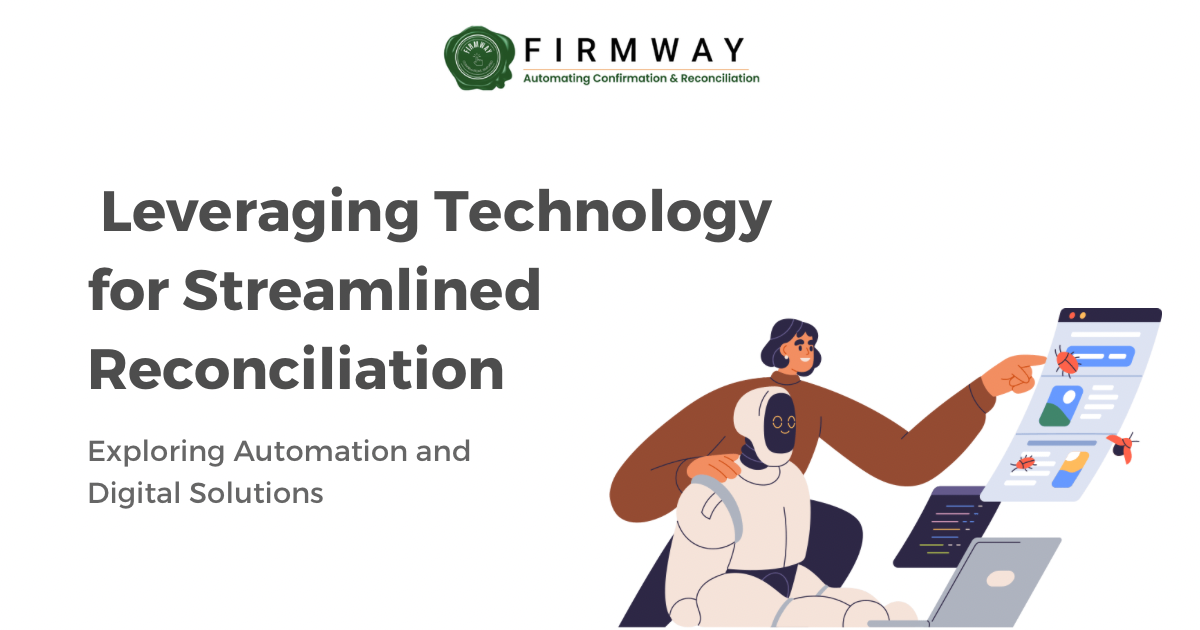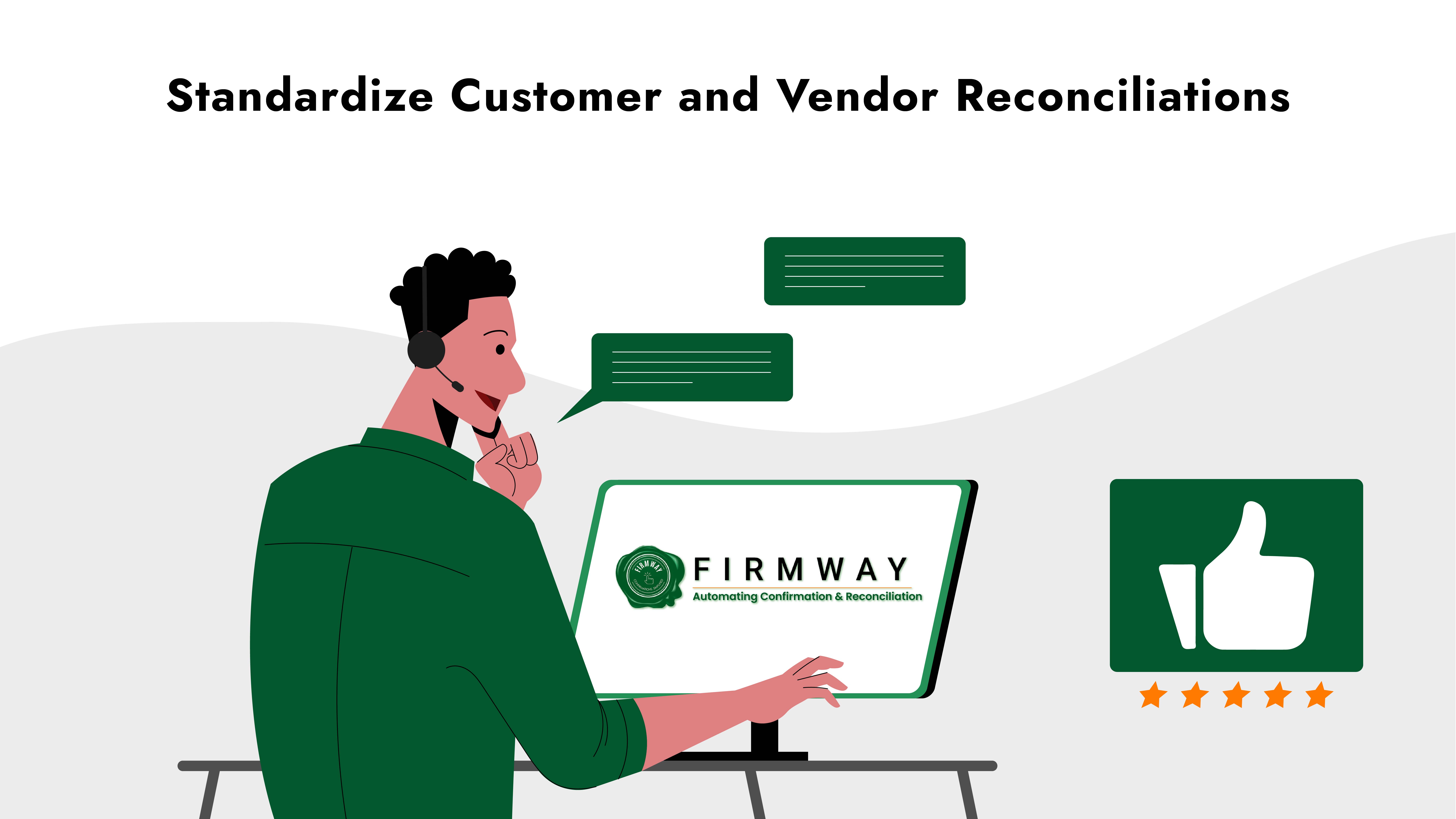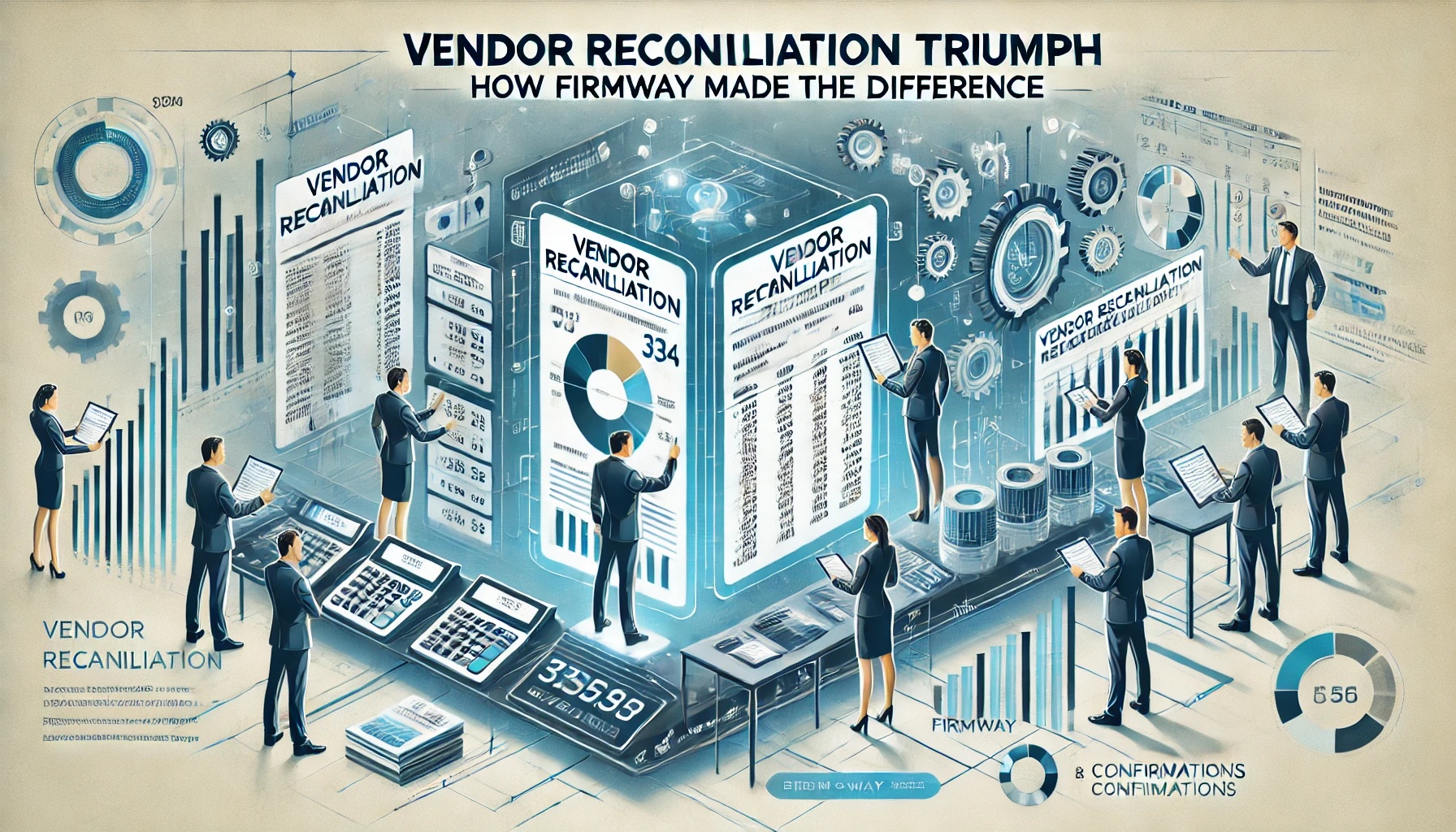Discover how to automate your reconciliation processes with advanced software, AI, and real-time tracking to enhance accuracy and efficiency. Today organizations deal with increasing volumes of financial data and diverse transaction sources. Thus, the old and manual reconciliation methods of the past are proving inadequate. Now technology-driven solutions are the go-to choice for revolutionizing the reconciliation process. Are you wondering how to use the modern day technologies for reconciliation amidst the various complexities it poses?
In this guide, we shall delve into the transformative potential of leveraging technology to streamline and enhance your reconciliation procedures. We shall first glimpse the prominent problems in the reconciliation processes that companies tackle. Then, we will discover how to implement modern technology for optimizing your entity’s reconciliation processes.
Challenges and How to Automate Different Types of Reconciliation
Ledger Reconciliation:
Ledger reconciliation is crucial for ensuring data accuracy and preventing fraudulent activities. However, ledger reconciliation often presents several challenges:
- Large Amounts of Data: Companies generate an immense amount of data daily. Collecting relevant data and matching every transaction manually becomes an arduous and time-consuming task, increasing the chances of errors and delays.
- Data Complexity: Data from various sources might have different formats and structures, making it difficult to collect, synchronize and reconcile.
- Human Errors: Human mistakes during manual data entry and matching can lead to discrepancies and inaccurate financial reporting.
Bank Reconciliation:
Bank reconciliation is useful for detecting any bank errors or fraudulent activities and maintaining a transparent financial position. Some common woes faced in bank reconciliation are:
- Timing Discrepancies: Transactions might not always be recorded in real-time, leading to timing differences between the company’s books and the bank’s records.
- Outstanding Items: Unidentified or unrecorded transactions, such as outstanding cheques or deposits in transit, can lead to discrepancies between the two sets of records.
Inventory Reconciliation:
It is the process of aligning physical inventory with recorded quantities for accurate valuation and reporting.
- Data Accuracy: Discrepancies between physical inventory counts and recorded quantities can arise due to errors in counting, theft, damage, or misplacement.
- Valuation Differences: Different methods of valuing inventory, such as FIFO (First-In-First-Out) or LIFO (Last-In-First-Out), can lead to valuation discrepancies.
- Unrecorded Transactions: Incomplete recording of incoming or outgoing inventory transactions can result in inaccurate reconciliation.
Tax Reconciliation:
The act of comparing tax records with financial statements to ensure precise tax reporting and compliance.
- Changing Regulations: Frequent changes in tax laws and regulations can lead to confusion and inaccuracies in tax reporting and reconciliation.
- Diverse Tax Types: Dealing with various types of taxes (Income tax, Wealth Tax, Municipal Tax, or GST) can create complexities in reconciling different tax obligations.
- Data Matching: Aligning financial data in tax records with general ledger entries can be challenging due to differences in categorization and timing.
The Promise of Technology for Streamlined Reconciliation
Technology has brought about remarkable solutions to address the challenges inherent in reconciliation processes, offering enhanced accuracy, efficiency, and real-time insights. Here’s how you can tap technology to ease the overall reconciliation process.
Adopt Automated Software Solutions: How to Automate Your Reconciliation Processes
Robust reconciliation software can automatically compare and match vast volumes of data, ensuring rapid and error-free processing. These tools can be customized to handle different data formats, enabling seamless reconciliation and eliminating manual data entry errors.
Harness Artificial Intelligence and Machine Learning
AI and ML algorithms can learn from historical data, allowing reconciliation systems, to predict and categorize transactions accurately. These technologies also help identify patterns and discrepancies that might go unnoticed in manual processes.
Embrace Data Integration and Centralization: How to Automate Reconciliation Processes
Implementing applications that integrate easily with ERP systems or cloud-based platforms help centralize data from various departments and sources, simplifying the reconciliation process for different types of reconciliation processes.
Make use of Real-Time Tracking
Leveraging technology enables real-time tracking of transactions, minimizing timing discrepancies and ensuring that reconciliations can be performed more frequently.
Conclusion
The advent of technology has set forth a new era of streamlined reconciliation processes, overcoming the limitations of manual efforts. By adopting latest reconciliation solutions, organizations can navigate through the complexities of reconciliation and unleash the true potential of their financial data.
Firmway is among the reliable names that have untapped the potential of technology to offer nifty software solutions for reconciliation needs. Book a demo with us now!





